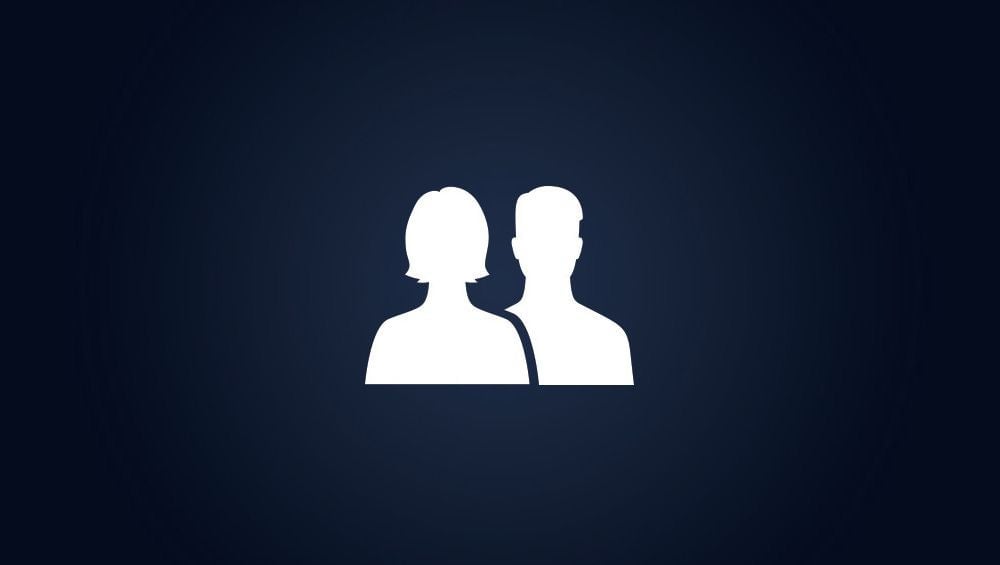A tiny design change on Facebook shows a woman’s perspective makes a big difference
You probably didn’t notice a recent change on Facebook in the US. It’s in the friends icon, on the top right corner of the page, next to your name. For years, that icon has been an image of a man and woman, with the man in front.


You probably didn’t notice a recent change on Facebook in the US. It’s in the friends icon, on the top right corner of the page, next to your name. For years, that icon has been an image of a man and woman, with the man in front.

Now, it’s reversed.
Few people, if any, would have noticed the change if not for a Medium post that Facebook designer Caitlin Winner wrote, explaining the process. That process, by the way, was absurdly simple. This design change was not part of Facebook’s publicized diversity push, nor an overt effort to put gender issues into the public conversation.
Basically, Facebook just hired Winner as a new designer, one of many. She noticed that a man was in front. She decided to change it. No one fought her on it, and that’s the end of the story.
This change is tiny—literally, it’s tiny on the page. But as Winner wrote in her Medium post:
As a woman, educated at a women’s college, it was hard not to read into the symbolism of the current icon; the woman was quite literally in the shadow of the man, she was not in a position to lean in.
It’s notable that Facebook needed a female designer to notice that a man was in front, and take the initiative to change it. It doesn’t mean that men couldn’t or shouldn’t act upon inequality—they most certainly should—but the fact remains that in this case, none did. (The company has made other changes to reflect the global diversity of its users—the notifications globe icon was switched to vary depending on a user’s location.)
Right now, just under a third of all Facebook employees are women, and only 16% of the company’s tech employees are women.
Since last year, the share of women in the company as a whole, and of tech employees, have only gone up one percentage point each.
While visually the change Winner made is small, these small things—tiny images or comments or snubs—can mount up. The microaggressions that women (and people of color) endure daily affect young people’s sense of worth, their belief in their own capabilities, and their place in the world.
Facebook, the world’s largest social media outlet, put women behind men from the outset, likely an unconscious decision that no one thought twice about—because throughout history, women have stood behind men. That should change; and change often starts on a very small scale.